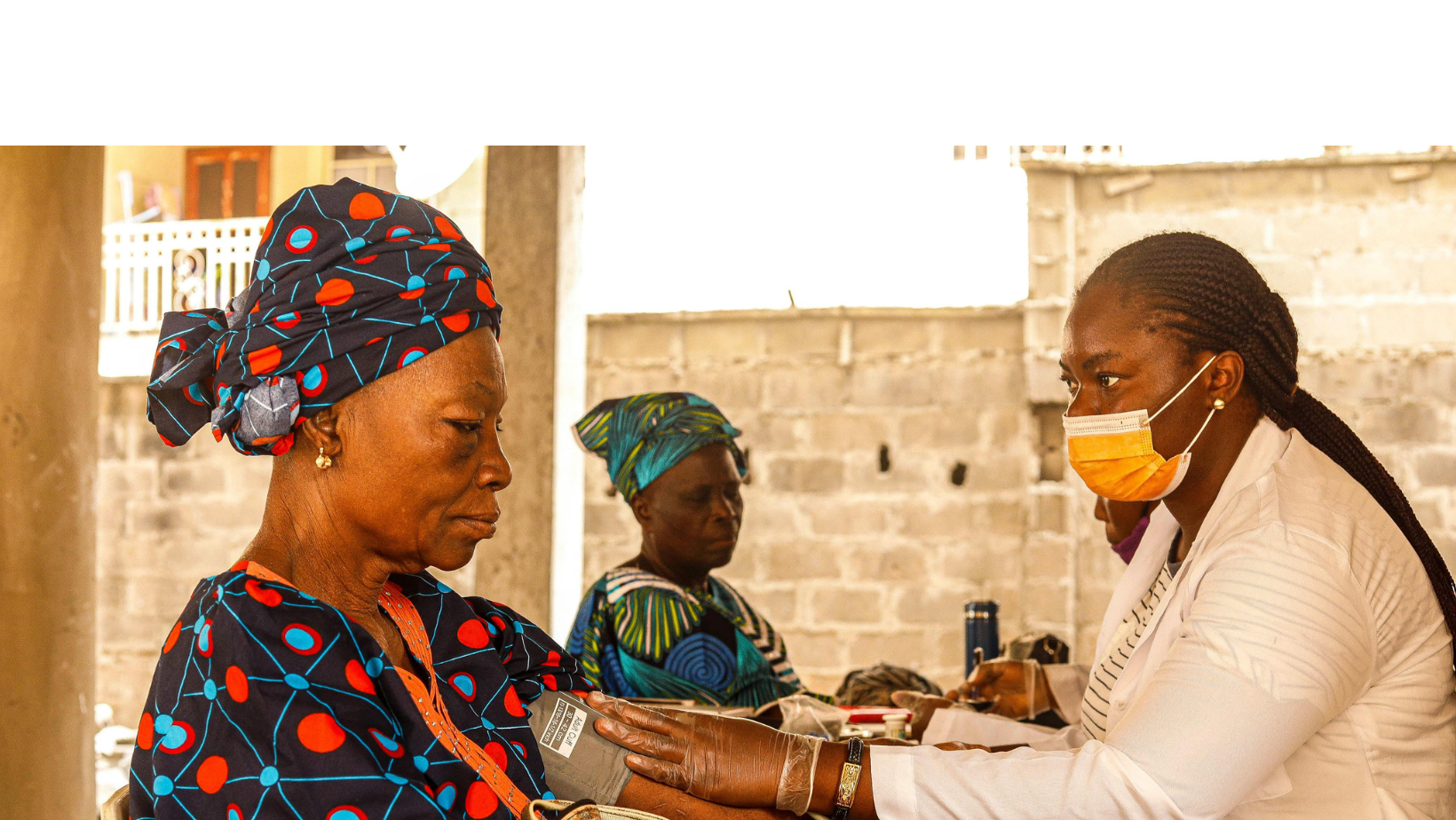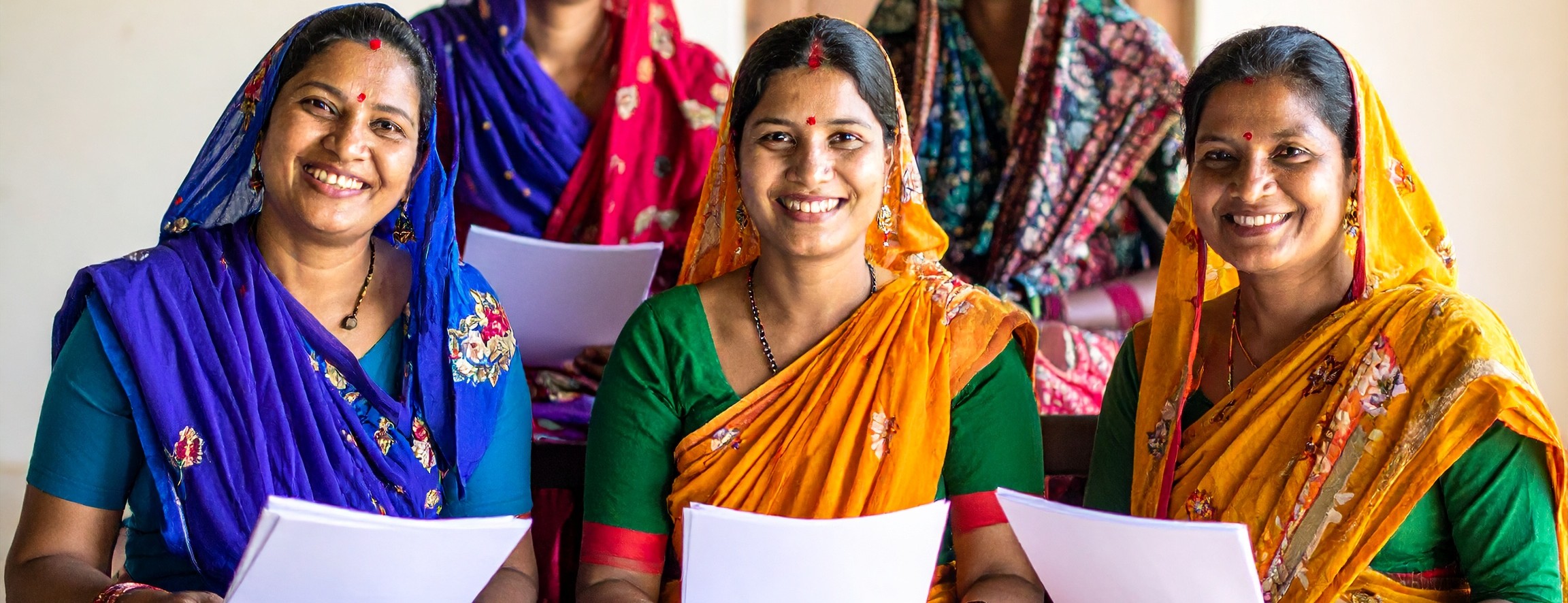Enhancing financial inclusion and education with technology: The case of FECECAM-Benin

The introduction of technology into financial services has increased their global usage rate1 dramatically. It has jumped from 44.67% in 2011 to 86.81% in 2021, as per a 2022 BCEAO report (page 10). This surge is primarily due to the rapid growth of digital financial and mobile money services. In contrast, the same report (page 9) showed that the restricted banking rate, which shows the rate of financial inclusion exclusively through financial institutions, improved slowly in comparison.

Benin is no stranger to this growth in digital financial services, and its population has capitalized on this. The country was the second-largest mobile money user in the WAEMU zone in 2020. As per a December 2021 report by BECAO (page 34), 16.39% of its population uses mobile money services. Despite this progress, limited distribution networks, average mobile network coverage, and low literacy rates persist. Access to the education system remains difficult, especially for girls, as per 2022 Country Strategy Paper by the African Development Bank. The latest Global Findex report indicates that only 8% of adults in Benin borrowed from formal financial institutions in 2021, mainly due to financial literacy constraints and collateral requirements, as per MSC’s calculations.
The growing use of mobile money services, alongside governmental and developmental support, presents significant opportunities to expand digital financial services. FECECAM-Benin, the country’s oldest and largest financial cooperative operating since 1977, recognized the scalability and efficiency of technology in the delivery of financial services. With more than 150 branches and points of sales and 1.3 million clients, it has embraced digitization to enhance its services and offerings.
This blog explores how the digitization of financial services has transformed FECECAM-Benin’s operations, which has enhanced financial inclusion, addressed clients’ evolving needs, and equipped them with essential skills to make informed financial decisions.
FECECAM-Benin’s adoption of technology
In 2007, FECECAM-Benin launched the Planned Saving service. It initially operated as a daily tontine managed by field agents. These agents visited clients to collect daily savings and then deposited the amounts into clients’ accounts at the branch. The COVID-19 pandemic and the service’s success highlighted the need to streamline processes and serve remote clients better. It prompted the digitization of savings, loan operations, and credit committee activities. This transition enhanced operational efficiency and accommodated clients’ activity constraints and low literacy levels.
The digital process involved the use of POS (point-of-sale) devices in the field to record and verify information in real time. Agents conducted regular visits to enroll clients and collect fixed daily savings amounts, which started from XOF 500 (~USD 0.83). At the end of the month, clients could access their money minus a one-day service fee. Additionally, clients could obtain loans and financial education via WhatsApp groups.
FECECAM-Benin introduced NFC cards, which were used exclusively to identify account holders and ensure the individual is the legitimate account owner. The cards allowed seamless identification and transaction verification at branches, along with receipts that showed savings progress. The drive to innovate and automate processes to reach rural and remote areas and provide accessible, safe, and affordable accounts led FECECAM-Benin to expand the Planned Saving service nationwide with the support of its partners, such as the Swiss Capacity Building Facility (SCBF). FECECAM-Benin combined the service with digital financial education programs to empower clients to improve their financial skills and make informed decisions, which reduced their financial insecurity.
FECECAM-Benin’s experience in using technology
FECECAM-Benin has streamlined its savings and loan processes and enhanced access, usage, and convenience for clients through the adoption of the digital Planned Saving service. MSC conducted field research in this context, which revealed the following key impacts:
# Financial empowerment: Clients reported better financial management and business growth through loans. They achieved financial security, improved loan repayment, and enhanced living standards;
# Improved financial knowledge and savings: More than 90% of clients started daily savings. They developed strong saving habits, planned finances, saved for goals, separated their business and personal income, and repaid loans easily;
# Enhanced security and trust: Women felt more confident when agents collected savings digitally with tablets and POS devices. They valued the instant deposit confirmation and the NFC card, which provided easy access to any FECECAM-Benin branch.
# Easy access to financial services: The Planned Saving service made it easier to get loans, as no up-front collateral was required. Clients appreciated the convenience of repaying loans in small installments and quite on a daily basis. In addition, they were able to use the service to save for their future as an alternative to retirement insurance premiums.
# Better time management: Clients saved time when they applied for loans and made deposits from home or work. This allowed them to avoid queuing up at branches and focus on their businesses.
This service has helped low-income clients build their savings and credit histories through regular small savings and unsecured loans. In addition, the introduction of digital financial education enabled the clients to make informed decisions. FECECAM-Benin used digital platforms, such as WhatsApp and local radio stations, to provide financial education in five local languages, which helped spread financial knowledge nationwide and reach more clients. These digital channels helped the institution meet objectives, such as quick delivery of training to a wide audience and in remote areas, and accommodated clients’ business schedules.
Insights from FECECAM-Benin’s strategy highlighted factors necessary to implement a successful digital financial education program and the associated challenges.

Lessons learned and prospects
The Planned Saving service fostered financial discipline and goal-setting through daily deposits. It captured borrowers ’history and thus allowed the MFI to understand the low-income clients’ situation and credit risks without requiring them to prove they could repay the loans. Social media, particularly WhatsApp, has also proved highly effective in reaching low-income individuals, building trust through quick problem-solving and grievance resolution, and providing financial education videos that promote financial discipline and knowledge.
FECECAM-Benin’s case illustrates the transformative impact of digital technology on financial inclusion and education. Through digital solutions, FECECAM-Benin has bridged access gaps, empowered clients with essential financial skills, and fostered a culture of savings and informed decision-making. The initiative led FECECAM-Benin to acquire more than 45,000 new clients, approve 10,238 loans worth XOF 4.67 billion, and train more than 25,000 clients in financial education. This success highlights the importance of innovative, technology-driven strategies in achieving inclusive financial growth and stability. Institutions can take lessons from FECECAM-Benin and prioritize accessibility, education, and adaptability to meet diverse client needs.
Read the Case study:
1 The global banking rate, the restricted banking rate and the global financial services usage rate are ratios used by the central bank of West Africa. And those ratios are all related to the financial activities in the region.
So the global banking rate refers to the overall percentage of the population that has access to and uses traditional banking services offered by banks, postal companies, microfinance institutions, etc. It includes individuals who have bank accounts and utilize banking facilities such as savings accounts, loans, etc.
The restricted banking rate is the same as the global banking rate, but only for the services offered by conventional banks.
The Global Financial Services Usage Rate: encompasses the broader use of financial services beyond traditional banking. It includes the usage of mobile money, electronic payments, microfinance, and other digital financial services.
























































.png)












































